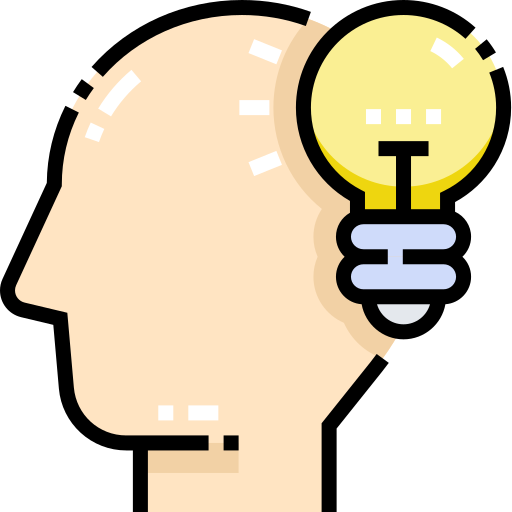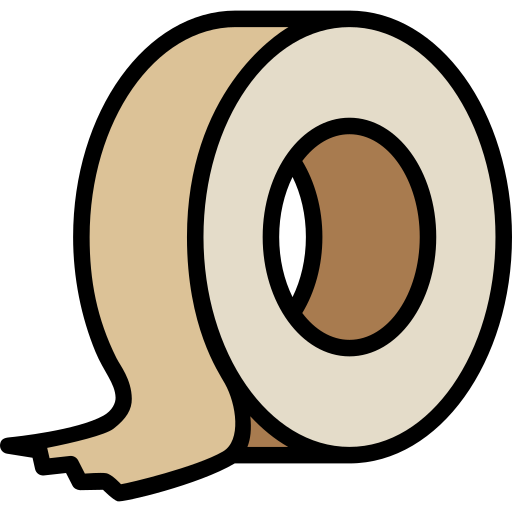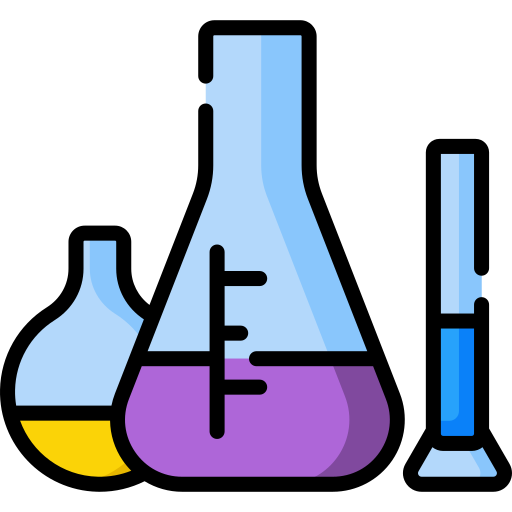Part A Introduction & Ice break

Part A_1 Introduction & Ice break
Let’s introduce ourselves to each other.
My name is ________. What is your name?
Part A_2 Introduction & Ice break
I am ________. Nice to meet you.


Part A_3 Introduction & Ice break
Nice to meet you too, ________. How did you spend your winter vacation? Did you go anywhere?
Part A_4 Introduction & Ice break
| Answer: |


Part A_5 Introduction & Ice break
I see. Let’s begin our lesson!
Part B Picture Description
Describe the pictures.

Part B_1 Picture Description
Please look at the picture. Then, give 5 things that you see in the picture.
(If your student is having a hard time to answer, please point at each item in the picture and ask your student what each item is.)

Part B_2 Picture Description
| 1. | |
| 2. | |
| 3. | |
| 4. | |
| 5. |


Part B_3 Picture Description
Next, give 3 things that you see in the picture. Then, answer the question about it.
(If your student is having a hard time to answer, please point at each item in the picture and ask your student what each item is.)

Part B_4 Picture Description
| 1. | |
| 2. | |
| 3. |


Part B_5 Picture Description
| What results do the scientists in the picture seem to get? |
Part B_6 Picture Description
| Answer: |


Part B_7 Picture Description
Now, let’s review your answers.
(Please review your student’s answers by sending the correct answers.)
Part B_8 Picture Description

Part C Vocabulary
Learn the vocabulary words related to the topic.

Part C_1 Vocabulary
We’ll read aloud the words. Please repeat after me.
Part C_2 Vocabulary
|
|
unexpected 予期しない、意外な |
 |
discovery 発見 |
 |
adhesive 接着剤 |
 |
do research on ~ ~について研究する |
 |
substance 物質 |


Part C_3 Vocabulary
Please choose a word to complete each sentence. Then, read aloud the sentences.
Part C_4 Vocabulary
unexpected
discovery
adhesive
do research on ~
substance
| 1. | You need to use a waterproof ___________ to fix it. |
| 2. | His decision was ___________, so we were all surprised. |
| 3. | The teacher told the students to ____ research on global issues. |
| 4. | The scientists made a new ___________. |
| 5. | Plastic is a chemical ___________. |


Part C_5 Vocabulary
Great! Now, let’s review your answers.
(Please review your student’s answers by sending the correct answers in complete sentences. After that, ask your student to read aloud his or her corrected answers.)
Part C_6 Vocabulary

Part D Passage Reading
Read the passage and check your pronunciation. Make sure you understand the content.

Part D_1 Passage Reading
Please read the passage aloud.
Part D_2 Passage Reading
Serendipity

The word “serendipity” is used to describe people’s ability to make unexpected discoveries by chance. Here are two of the best innovations that resulted from serendipity.
One company invented the first “self-sticky notes,” and others have since produced and sold similar products. On Sundays, an employee participated in the church choir and made notes in his choir book with pieces of paper. However, the bits of paper sometimes fell out of the book. He then had the idea to add adhesive to the paper. The second story takes place when a doctor was doing research on influenza in the summer of 1928 and spotted a clear area of bacterial growth. He concluded that the mold was creating a substance to destroy the germs. He named it “penicillin.”
People who have had serendipity are happy to talk about it. The next big discovery might just be a step away, and those who look hard enough might find it.


Part D_3 Passage Reading
Great! Now, let’s review some words and sentences in part D_2.)
(Please send the corrected pronunciation to your student.)
Part D_4 Passage Reading

Part E Comprehension Questions
Answer the following questions based on the passage.

Part E_1 Comprehension Questions
Now, please answer the questions based on the passage.

Part E_2 Comprehension Questions
| 1. | What is serendipity? |
Part E_3 Comprehension Questions
| Answer: |


Part E_4 Comprehension Questions
| 2. | What did the employee add to the paper that kept falling out of the choir book? |
Part E_5 Comprehension Questions
| Answer: |


Part E_6 Comprehension Questions
| 3. | What research was the doctor doing when he discovered penicillin? |
Part E_7 Comprehension Questions
| Answer: |


Part E_8 Comprehension Questions
Now, let’s review your answers.
(Please review your student’s answers by sending the correct answers.)
Part E_9 Comprehension Questions

Part F Answer questions
Answer the following questions by filling out the blanks.

Part F_1 Answer questions
Now, please answer the following questions about yourself.

Part F_2 Answer questions
| 1. | When do you come up with a good idea? For example, while taking a bath, walking, or before sleeping? |
Part F_3 Answer questions
| Answer: |


Part F_4 Answer questions
| 2. | It is said that failure teaches success. Have you ever got something from failure? Please tell me your experience. |
Part F_5 Answer questions
| Answer: |


Part F_6 Answer questions
| 3. | Do you think that serendipity really happens by chance? What do we need to do to make serendipity happen? |
Part F_7 Answer questions
| Answer: |


Part F_8 Answer questions
Now, let’s review your answers.
(Please review your student’s answers by sending the correct answers in complete sentences. After that, ask your student to read aloud his or her corrected answers.)
Part F_9 Answer questions

Part G Presentation
Make a presentation about the theme.

Part G_1 Presentation
Now, you will give a presentation. You can use the answer you just provided. You have 3 minutes to prepare.
Part G_2 Presentation
(Prepare for 3 minutes.)


Part G_3 Presentation
Now, start your presentation.
Part G_4 Presentation
(Please start your presentation now.)
What did you learn from this passage?


Part G_7 Presentation
That was awesome! You did a very good job in the presentation.
Part H Questions
Answer questions about the presentation.

Part H_1 Questions
Thank you for your presentation. You did a very good job.
Now, I will ask you some questions about your presentation.
Now, I will ask you some questions about your presentation.
(Please ask the three questions below about the student’s presentation.)
| 1. | What are the new things you learned through thinking about the theme? Why do you think so? |
| 2. | What do you think we can do related to the theme? How we can do it? |
| 3. | Is there anything you do related to the theme? If yes, what do you do? If no, why not? |
Part H_2 Questions
| Answer: |


Part H_3 Questions
Good job! Thank you for sharing your opinion!
Part I Role play
Talk about the following situation.

Part I_1 Role play
Let’s do a role play with the given situation. You should mention the items below during the conversation.
Part I_2 Role play
| Situation: |
You are talking with your classmate about inventions. Tell him/her your opinion.
(Your tutor will pretend to be your classmate.)
|
| Items to mention: |
– what you think the greatest invention is – why you think so – how it helps you |

Part J Feedback

Part J_1 Feedback
You did a wonderful job. Now, I will give you some feedback.

Part J_2 Feedback
(Please give feedback on how the student performed in the lesson.)
| Vocabulary | Intonation | Fluency | |
|---|---|---|---|
 GOOD GOOD |
Used appropriate expressions learned in class. | Was able to pronounce most of the words clearly and correctly. | Was able to speak fluently. |
 FAIR |
Used appropriate expressions learned in class and made a few errors in word choice. | Mispronounced a few words. | The conversation sometimes stops. |
 POOR |
Used only a few words and expressions. | Mispronounced most of the words. | The student frequently stops the conversation, making it difficult to comprehend the content. |
Part K Free talk

Part K_1 Free talk
Let’s do a free talk.
(Have a conversation until the lesson ends. DO NOT end the class early.)

Part K_2 Free talk
| 1. | What do you want to challenge yourself for the future? |
| 2. | Tell me the important words for you. |
| 3. | Tell me a global issue (problem) you are interested in. |
Part K_3 Free talk
| Answer: |

